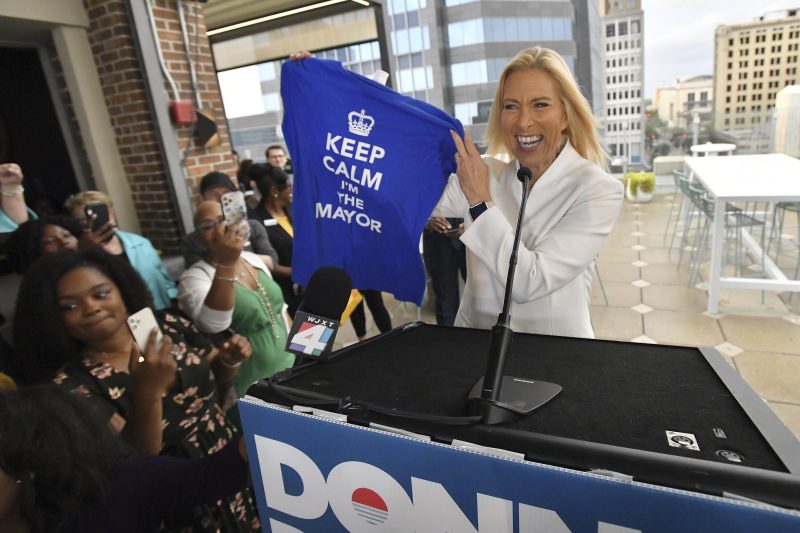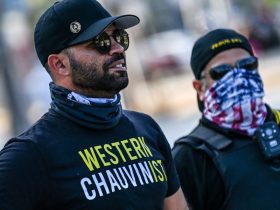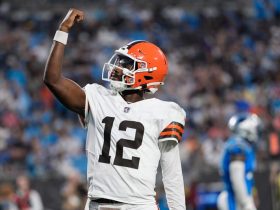Republicans were pretty confident they would retain control of the mayor’s seat in Jacksonville, Fla. After all, they’d held the seat for all but four years of the last three decades and their candidate was endorsed by Gov. Ron DeSantis (R), who last year won reelection in a landslide.
They did not. On Tuesday night, Democrat Donna Deegan won a comfortable victory in the city.
In Colorado Springs, a similar result. Republican Wayne Williams, seeking to succeed fellow Republican John Suthers, lost to independent Yemi Mobolade.
With those two — unexpected! — losses, Republicans not only lost control of two of America’s most populous cities but saw the number of large cities with Republican mayors further dwindle. The results were inflected with the politics of the moment, certainly, but they also reflected a long-term national trend away from Republicans in urban areas — and toward the party in rural areas.
This was not always the case. One hundred years ago, only half of the mayors of America’s 10 most populous cities were Democrats. That was up from the year prior, when only two were. This was in part a reflection of regional politics, since the northeast, where most of the country’s most populous cities were, was still heavily Republican.
Then that pattern began to shift along with the ranks of the nation’s most populous cities.
(For the purposes of the chart below, the partisanship of a city’s mayor is determined by whoever served the majority of the year.)
Even as recently as 2000, four of the 10 most populous cities had Republican mayors. In recent years, that number has been zero.
That itself is a reflection of how the politics of place have shifted in the last two decades. Presidential election results show how urban areas have moved to the left — and rural areas much more sharply to the right. In 2000, large urban counties backed Democrat Al Gore by 18 points more than the national margin while rural counties backed George W. Bush by 15 points more. In 2020, that gap surged to 27 points in urban areas and 37 points in rural ones.
Notice the big jump in rural areas in 2016, when Donald Trump was elected.
The shifts were remarkably uniform. Relatively few rural counties voted more heavily Democratic in 2020 than they did in 2000. In most places, the shift was to the right. In the region from southeast Ohio down to northeast Arkansas, the jump was particularly stark.
Why this shift? Well, consider another way of looking at the change in the leadership of America’s most populous cities: race and ethnicity.
A century ago, the mayors of America’s most populous cities were White men, uniformly. Slowly, that changed. Now, none of the leaders of the five most populous cities is a White man. In 2000, three still were.
This overlaps with the shift mentioned above, where the Northeast went from heavily Republican to heavily Democratic in the wake of the civil rights movement. Books have been written about this inversion — the South’s Jim Crow politics contributing to northern migration, which contributed to White city residents moving to the suburbs, etc. That has been reinforced in recent years with the shift of college-educated Americans to the left and their propensity for living in large cities.
In 2021, The Washington Post published research considering why the gap between urban and rural areas was growing so wide. The conclusion? Views of race.
“Racial attitudes among all Americans best explain the gap in vote choices between rural and urban areas,” the authors wrote. “[T]he different rates of racism denial among rural and urban Americans appears to explain about three-quarters of the urban-rural gap in voting for Trump.”
Remember that jump in rural support in 2016?
We’re talking here about broad trends, not necessarily the results in Jacksonville (America’s 12th most populous city) or Colorado Springs (the 40th most populous). But this is, to some extent, how trends work: individual elections decided on individual factors yield results that fit into a broader pattern.
Deegan’s victory in Jacksonville means that the most populous city with a Republican mayor is now Fort Worth, where incumbent mayor Mattie Parker won a second term earlier this month. Nearby Dallas hasn’t had a Republican mayor since 2011.
It probably didn’t hurt Parker’s chances that, at an event last year, she created some distance between herself and her party.
This article originally referred to Mobolade as a Democrat. He is an independent.








